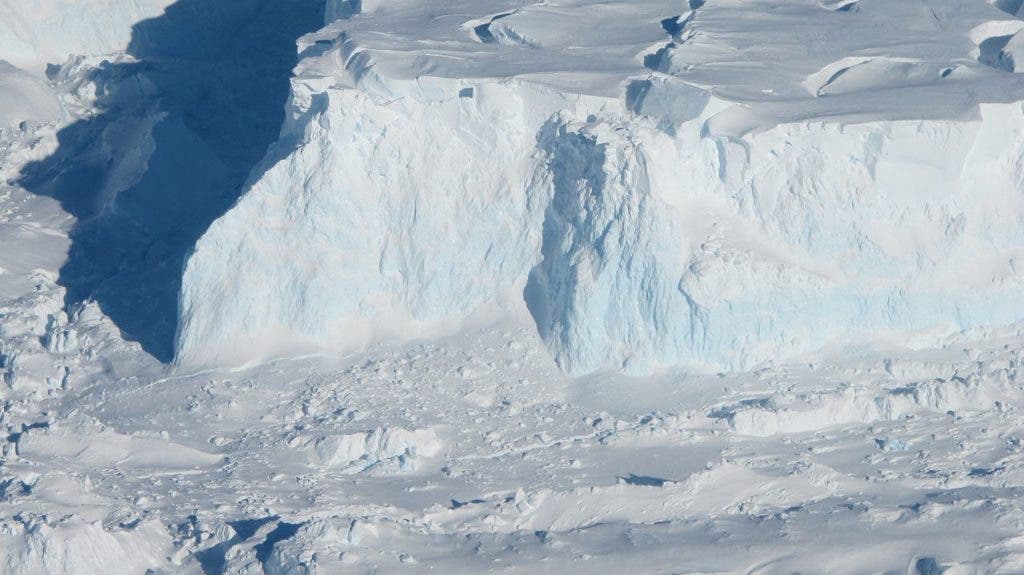The seas are slowly rising as ice bodies around the world melt in warming climates. Hoping to better understand this rise, an international team of researchers is preparing to launch a major study of one of the main sources of this extra water: the Thwaites glacier.
A team comprising over 100 researchers from the U.S., UK, and a handful of other countries will embark on a mission to study the West Antarctic glacier. The crew will carry out their research upon the infamous craft, the RSS Sir David Attenborough (better known as the-nearly Boaty McBoatface), on her first voyage.
Why all the hassle? Well, Thwaites is quite famous as far as glaciers go — for all the wrong reasons. It is one in a small cluster of ‘cork’ glaciers, which hold back the huge volumes of ice that form the West Antarctic Ice Sheet. Like other glaciers of its kind, Twaites is melting — at an increasingly rapid rate in later years. Estimates place its contribution to 4% of the total global sea level rise already, with the largest part of that melt happening in the past two decades.
“Pine Island Glacier and its twin, the Thwaites Glacier […] act like cork bottles, keeping roughly 10 percent of the West Antarctic Ice Sheet from disintegrating and melting,” we wrote last year as a large piece of Pine Island cork glacier broke free.
Considering that NOAA’s estimates that sea levels have risen by about 6.6 centimeters (2.6 inches) above the 1993 average, that’s a lot of water from a single glacier. For context, NOAA adds that sea levels continue to rise by 32 millimeters (1/8th of an inch) per year.
The team hopes to get a better idea of how sea levels will keep evolving, and how high they can get, by studying Thwaites. The mission, scheduled to start in October, will take five years and has a US$27.5 million budget.
“Some people say this is expensive. But our coastal cities and economies are at stake,” says Scott Borg, deputy assistant director of the US National Science Foundation, for The Guardian.
Thwaites’ impressive contribution to climate change is largely a product of location. Landlocked, cork glaciers (like Thwaites), hold back larger masses of ice from sliding into the sea. It’s particularly bad when they fail to do this because landlocked ice introduces ‘new’ water into the glacier when it melts. It’s still bad news when sea ice like the one that forms the Arctic’s ice cap melts (or goes red), but from a sea-level point of view, this doesn’t make that much of a difference: for the most part, this is water that’s already in the ocean, meaning it already affects the overall volume (which dictates sea level) whether its in a liquid or solid form.
This is what makes glaciers such as Thwaites the main drivers of sea level rise. Previous research already shows we’ve got cause for concern on this front. A mission back in 2013, for example, found “swamp-like waterways” under Thwaites that hasten its melting and lubricate its underside, making it slide more rapidly toward the sea.
Hopefully, this mission won’t find anything quite so worrying — although from what we know right now, that’s a very dim hope indeed.










